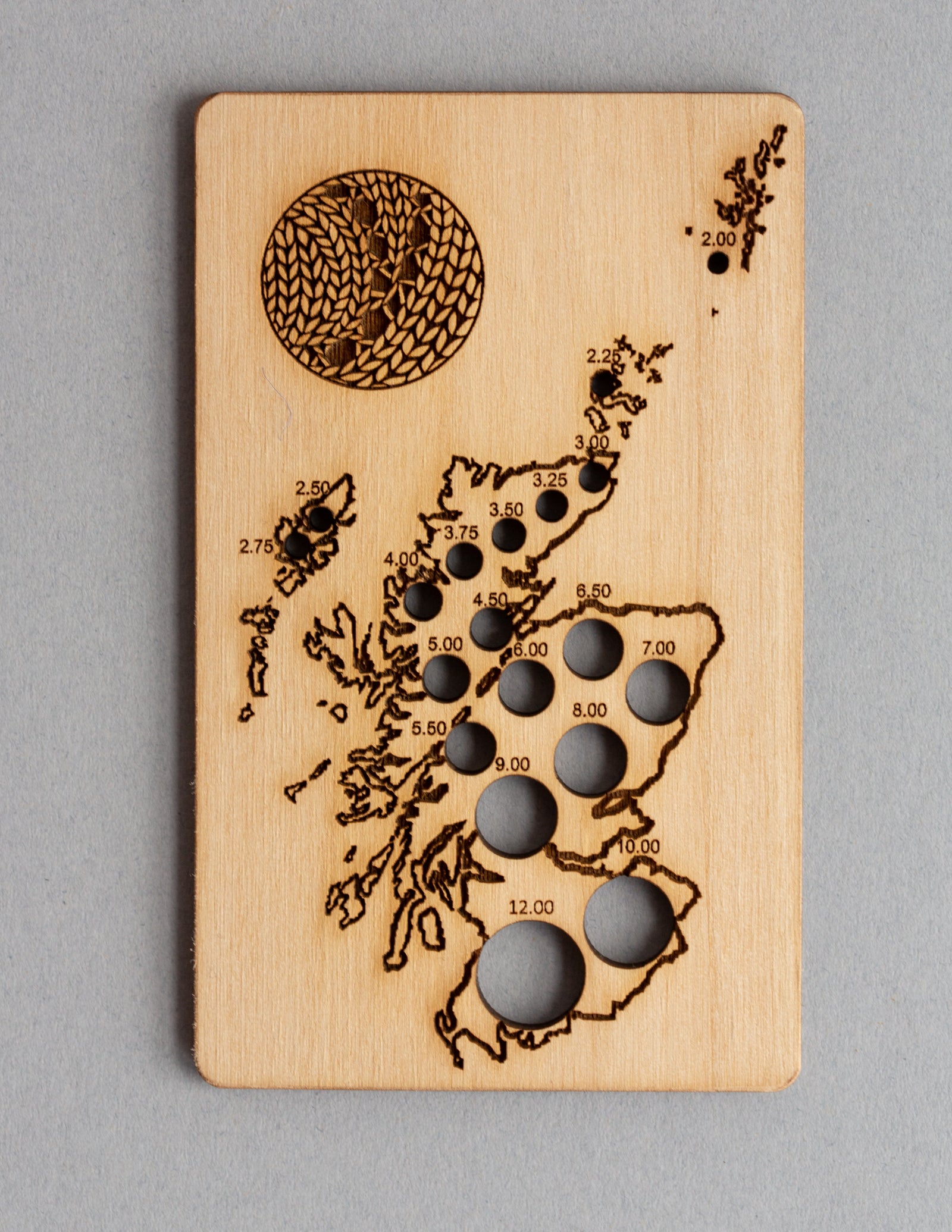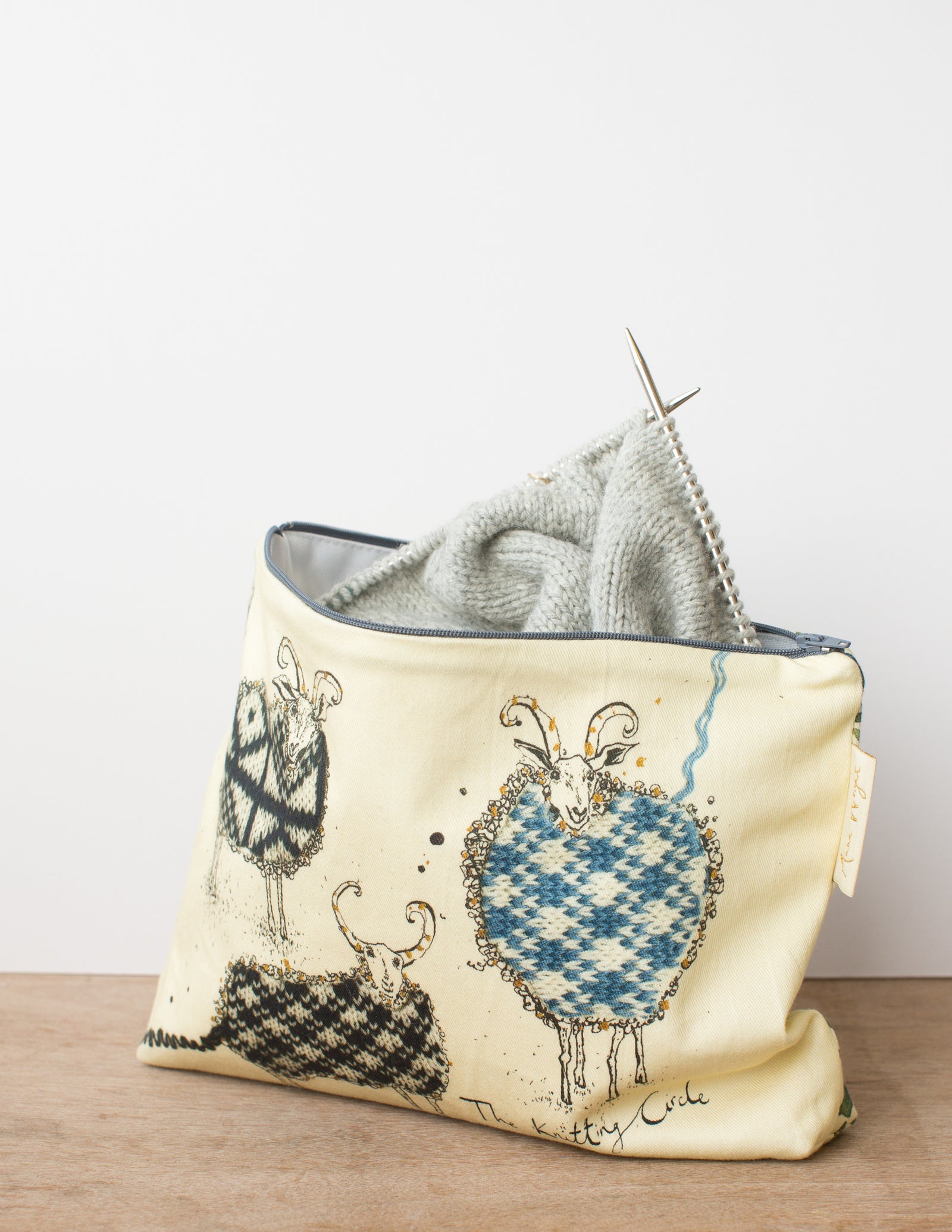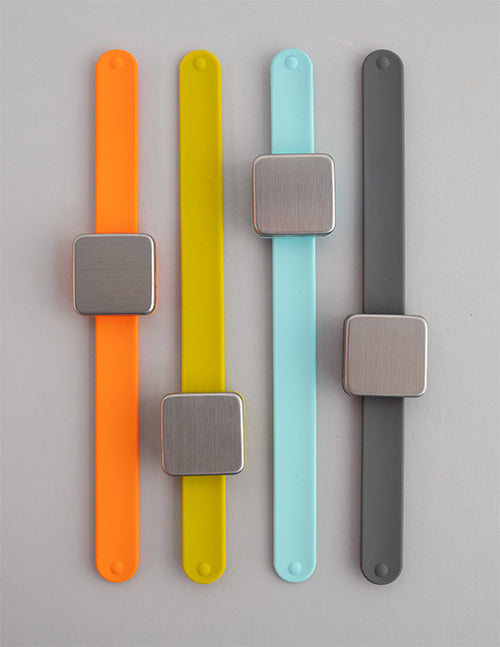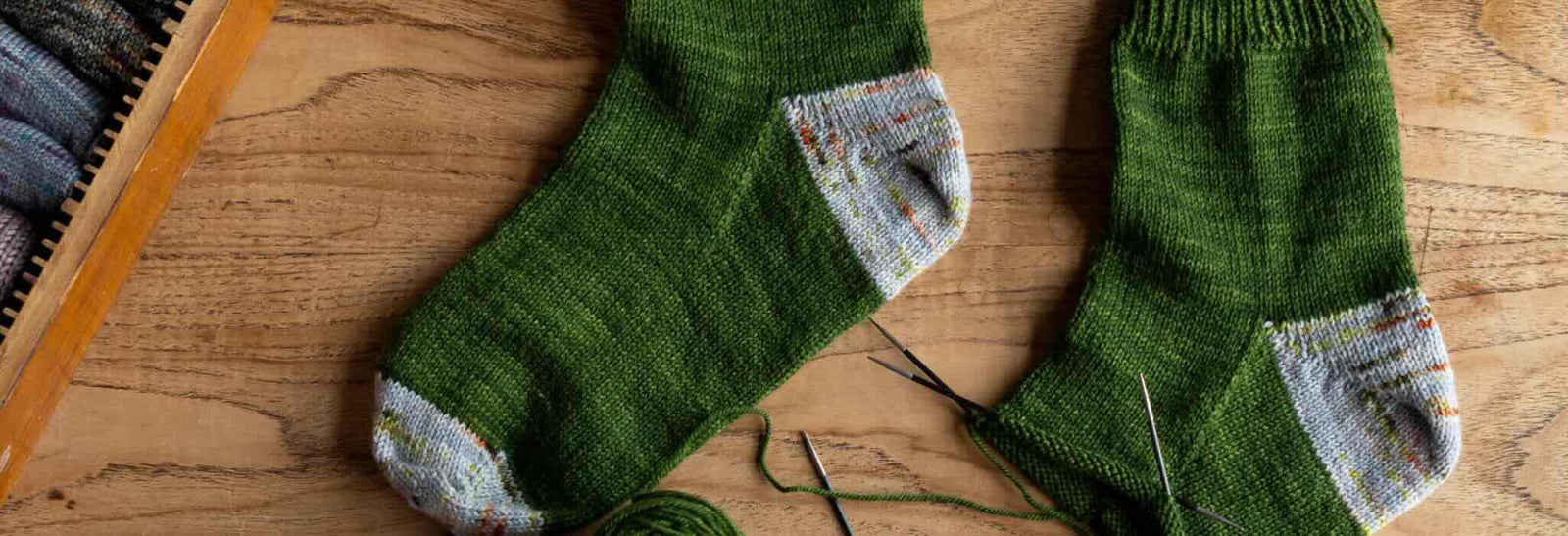Patterns
Kits
sundries
knitting tools, buttons and notions, project bags and other pleasing little things
knitting tools, buttons and notions, project bags and other pleasing little things

Exclusive Scotland needle gauge by Katrinkles

Zippered pouches in two sizes by our studio neighbour Anna Wright

keep small tools accessible with the Maker's Keep
gift 2019
Subscribe to our Colourwork Club for a gift that lasts well into the new year. Your recipient will receive a new colourwork kit in Janurary, February and March

Subscribe to our Colourwork Club for a gift that lasts well into the new year. Your recipient will receive a new colourwork kit in Janurary, February and March


Last minute shopping? Gift cards are delivered electronically - forward the email or print it for your recipient. A range of amounts are available and gift cards don't expire.

Tighter purls
June 12, 2014
In last week’s post I shared a tip for swatching in the round, which is necessary because differences in knit and purl tension can mean you get a different gauge working flat or in the round. This imbalance can also cause other problems.
Yarn flows backwards. If you ever have problems with ladders when working on dpns or magic loop try pulling the yarn tighter after working the second stitch on the needle. That will pull the extra yarn out of the space between the needles and the stitches just worked will help to lock it in place.
In the same way extra yarn from a looser purl stitch and the yarn used to switch from knit to purl tends to flow backwards into the last knit stitch. You might have experienced this problem when working cables or wide ribbing — the final knit stitch of your cable or rib looks much sloppier than the rest. Trying to tighten the yarn while working that stitch or right after does nothing. The extra yarn isn’t there yet, so you can’t remove it.

The trick is to work the following purl stitch more tightly. One way to do this is to wrap the yarn differently so that it takes a shorter path around the needle. This can be done whether the yarn is held in the right or left hand.
Western style knitting involves the yarn moving around the needle in an anti-clockwise direction while for Eastern style knitting it goes clockwise. If you look at the illustrations below you can see that when purling the Eastern method results in less yarn being used — a shorter path is taken.

Switching from Western to Eastern will change the orientation of the resulting stitch on the needle.

This means that in order to keep the stitch uncrossed the needle must be inserted into the back loop when working the following row.

Many knitters will find that they get the most balanced knit and purl tension by working knit stitches Western and purl stitches Eastern. Worth trying if you have noticed issues with rowing out. Annie Modesitt termed this Combination knitting and has written extensively about it — the main thing to note is that decreases must be worked differently to achieve the same slant.
I don’t find my flat stockinette is noticeably imbalanced but I do use the Eastern purl when working ribbed or cable patterns. When working back and forth I work the first purl stitch following a knit Eastern — this will be alternating stitches on the right and wrong sides. You can see what a difference it makes on these swatches which were worked in the same yarn on the same needle size.

For narrower rib patterns I find it’s easier to just work all of the purls eastern. If you’ve ever thought that the inside of ribbing worked in the round was neater than the outside this is a good solution.
If you’ve been finding this series of posts helpful and you’re interested in garment knitting you might like to check out my book Little Red in the City which these illustrations are extracted from.
Also in Journal

Deep Shadow Heel Tutorial
September 25, 2025

20 Years of Ysolda Knitting Patterns: Part 2
June 23, 2025

20 Years of Ysolda Knitting Patterns: Part 1
June 19, 2025
Recent Articles
-
Deep Shadow Heel Tutorial
September 25, 2025
-
20 Years of Ysolda Knitting Patterns: Part 2
June 23, 2025
-
20 Years of Ysolda Knitting Patterns: Part 1
June 19, 2025
-
Learn to Knit: Mattress Stitch
March 29, 2023
-
How to Knit a Scarf: A Beginners Guide to Scarf Knitting
March 23, 2023
-
Learn to knit: the long tail cast-on
February 03, 2022
-
How to Graft Your Knitting
December 09, 2021
-
Crochet Provisional Cast-on
December 02, 2021
-
Learn to knit: How to knit in the round with double pointed needles
November 25, 2021
-
Learn to knit: How to knit in the round using the magic loop technique
November 25, 2021
Free resources
-
KALS, step-by-step pattern guides and free patterns
Learn brioche with the free Daniel's Hat pattern
Tombreck - a free chevron beanie pattern
Working the brioche neck detail on the Polwarth sweater
Installing a zipper and ribbon, finishing wee Carson
Yarn colour ideas for Threipmuir sweater
Additional colourways for the Joy mitts (choose your pride flag)
How to join the shoulders on Wardie
How to join the pockets on Granton and Wardie
Finishing Resources for Granton
Broughton mittens tutorial part 1
Broughton mittens tutorial part 2
Broughton mittens tutorial part 3
Basics
Casting on
Decorative Channel Island Cast-on
Binding off
3 Easy Stretchy Bind-offs (p2tog bind-off; k2togtbl, k1 bind-off; Jeny's surprisingly stretchy bind-off)
Tubular Bind-off for brioche stitch
Increasing
Paired increase methods compared
How to continue in pattern while increasing and decreasing
Decreasing
Brioche stitch double decreases
Knitting in the round
How to Knit in the round using Magic Loop
How to Knit in the round using DPNs
Short rows
Swatching and gauge
Tips and tricks
Avoiding ears when binding off
Tighter purl stitches for neater cables and ribbing
Cabling without a cable needle
How to knit more symmetrical yarn overs
Bust darts in sweaters with all over stitch patterns
A magic formula for evenly distributing shaping
Superwash v Non-Superwash Wool
Picking up sts from the middle of the fabric
Reading knitting patterns
Understanding "continue in pattern"
Help! Where am I in my knitting project?
Using charts, even if you hate them
Finishing
Garment knitting
Joining the body and sleeves on a seamless bottom up sweater
Sizing
Ysolda’s sizing chart for knitwear designers
Inclusive garment knitting
How to pick a garment without a model for you (specifically addresses finding garment patterns when your gender identity isn't represented and the styles you want to knit might not be sized to fit your body)
How does ease affect inclusive size ranges?
Specific stitch patterns
Lace
Identifying and fixing mistakes in lace knitting
Colourwork
Getting started with stranded colourwork
Understanding colour dominance
Working stranded colourwork over small circumferences
Decreases in stranded colourwork
Holding the yarn for stranded colourwork
Ladderback Jacquard (a neat way to deal with long floats)
Cables
Cabling without a cable needle
Cabling without a cable needle on the wrong side
How to knit cabled decreases
Closed ring cable increases and decreasesBrioche
How to work brioche stitch in the round
Other crafts
Cross stitch
How to begin your first large cross stitch project
How to finish a cross stitch project with an embroidery hoop frame
Mending

Sign up today
Find out the latest news from the studio such as sales, pattern releases, and new workshops or KALs our learning community, The Knitwork. We also share helpful tips and exclusive subscriber discounts...



